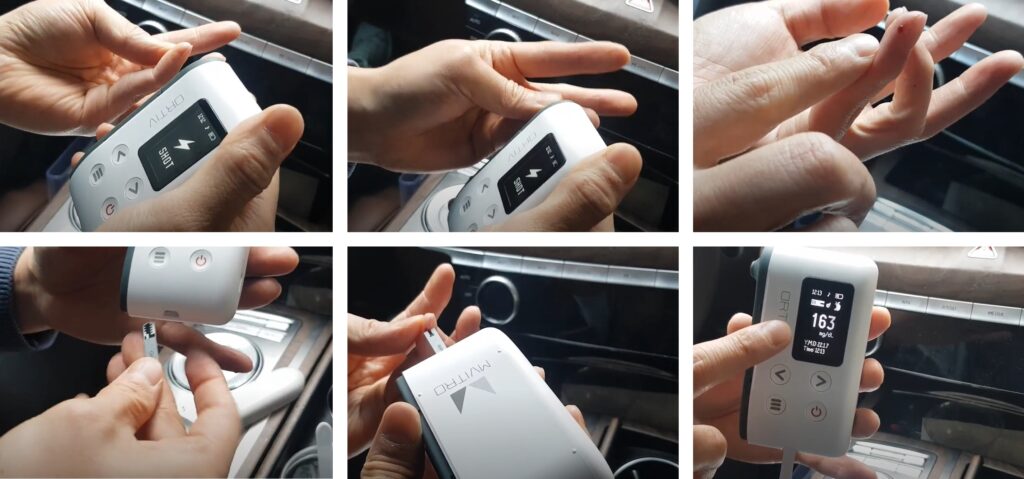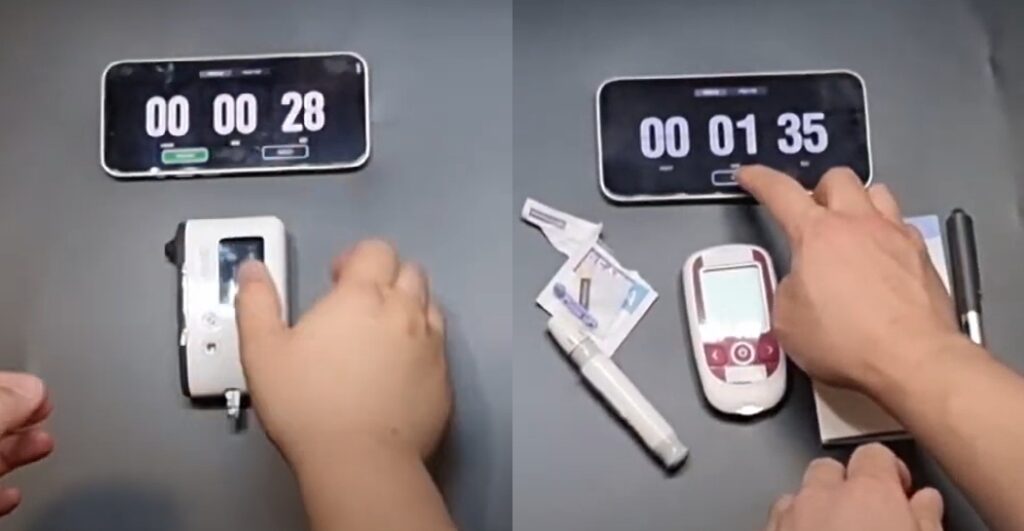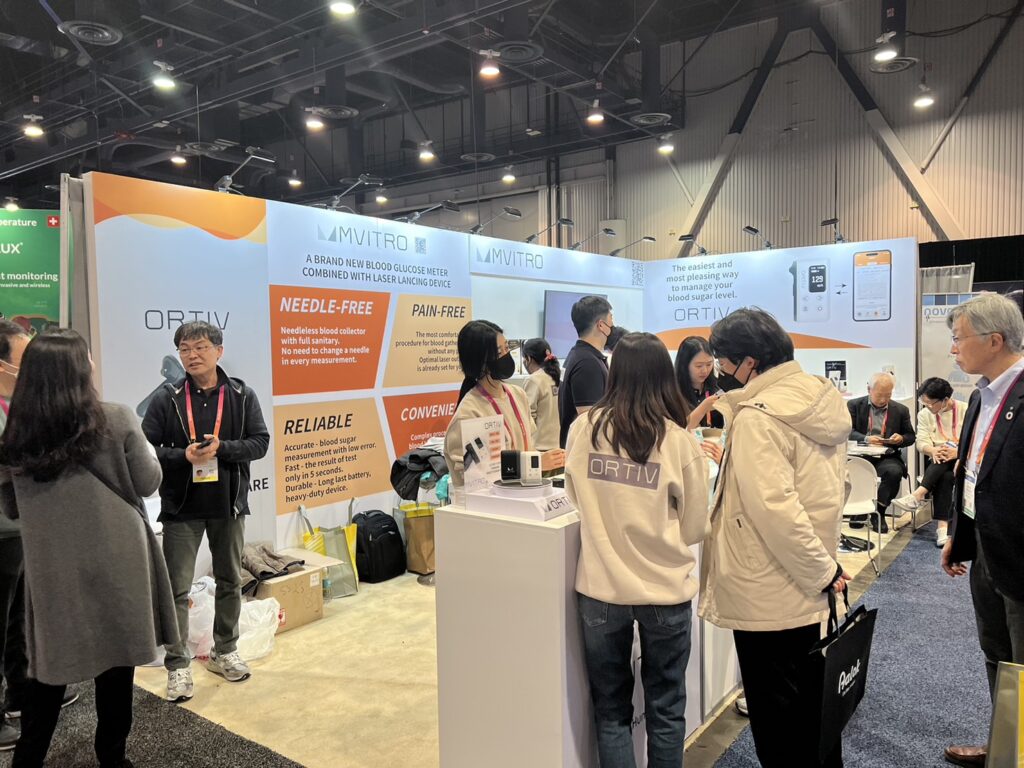
According to the 9th edition of IDF DIABETES ATLAS, a biennial diabetes white paper released by the International Diabetes Federation (IDF) in 2019, 463 million people (9.3%) aged 20 to 79 were diabetic (data based in 138 countries, including more than 93% of the world’s population). This is an increase of 39 million compared to 425 million reported in 2017. In addition, as of 2019, there were 136 million diabetic patients aged 65 or older, and one in five elderly people suffered from diabetes. It is noteworthy that the prevalence of diabetes is increasing rapidly every year. In light of the current trend, the number of diabetes patients worldwide will be 578 million (10.2%) in 2030, and it is expected to reach 700 million (10.9%) in 2045, up 51% from 2019. At the same time, the number of diabetes-related deaths was 4.2 million, accounting for 11.3% of the total deaths. Depending on gender, 2.3 million women and 1.9 million men were surveyed. Among the deaths related to diabetes, 46.2% of adults under the age of 60 who are capable of economic activities were found.
For diabetes, it is very important to manage diabetes and control blood sugar through exercise or diet. However, before this, the first thing to precede is to frequently measure the blood sugar level to recognize the blood sugar level. However, it is a well-known fact that pain and even psychological pain are a problem because blood is collected with a needle when measuring blood sugar.
Many laser blood collectors were released around 1992 with the idea that when blood was collected for blood sugar measurement, it could be done with a laser rather than a needle. However, the public has a negative image, such as that blood collection using this laser blood collector does not stop bleeding well, causes pain, and side effects such as burning sensation, pain, burns, and inflammation. These pain and side effects from laser blood collection can be quite dangerous. The use of lasers is focused on the development of most of the maximum output and maximum efficiency in various industries. Therefore, in order to use it harmless to the human body, it is very important to find a method that produces low output and has no pain as much as possible.

How nice would it be to have a product that has a laser blood collector that is harmless and safe to the human body integrated with a blood glucose meter? Of course, even the glycemic strip would be better if it was cheap.
Such a product has been developed by a Korean company. This product is undergoing medical certification (FDA 510K Class 2 + KFDA) and is undergoing clinical trials at a university hospital in Korea certified by the FDA.
Lee Young-Woo, CEO of MVITRO Co., Ltd., earned a Ph.D. in electrical engineering (laser and optics) from Keio University in Japan and studied the interaction of human organisms and light in the biophysical chemistry division at the Max-Planck Institute in Germany and the Rutherford Laboratory in the UK. (The laser can act as toxic when it is used in living things, which he researched.) Currently serving as a professor at Mokwon University in Korea, he is a true expert who has studied laser only for the past 40 years.
He has been researching for five years since 2017 just for the laser generator of this product. As such, it is difficult to develop a laser generator for safe blood collection on the skin.
The laser generator uses YAG (Yttrium-Aluminum-Garnet) synthetic crystal doped with Erbium (Er) as a medium. Most of the existing Erbium YAGs are 5 cm tall, and he made them 3 cm. Light in the mid-infrared region, with a wavelength of 2,940 nm, was transmitted through a special lens in a multifocal manner, so that a hole was drilled just below the epidermis of the skin to collect blood. This is to increase accuracy and reduce measurement deviation by allowing various components such as blood plasma in the skin to flow together.

When individual patients measure blood sugar with this product by completing the AI platform, he plans to feedback the data to the AI server in real time and use this DB as big data. It can be used as a diagnostic assistant for doctors by predicting the adaptability of drugs prescribed to diabetic patients, whether it is good to divide prescription drugs in the morning and evening, or whether it is better to take them only in the morning. He plans to commercialize the AI platform.
In addition, high blood sugar raises potassium in the kidneys due to stress, which leads to poor kidney function, and he has developed an accessory device that reads Bio Signal when kidney function decreases to prevent kidney function in advance.
There is definitely a reason to be interested in MVITRO Co., Ltd.’s products, which will help diabetics around the world measure and manage blood sugar levels safely and conveniently without psychological pain from blood collection pain.

▲MVITRO Co., Ltd.
▲Brand : ORTIV
▲CEO : Young-Woo Lee
▲www.mvitro.co.kr
▲mvitro@mvitro.co.kr
▲+82-2-790-0920
MIKE CHOI
ASIA JOURNAL

